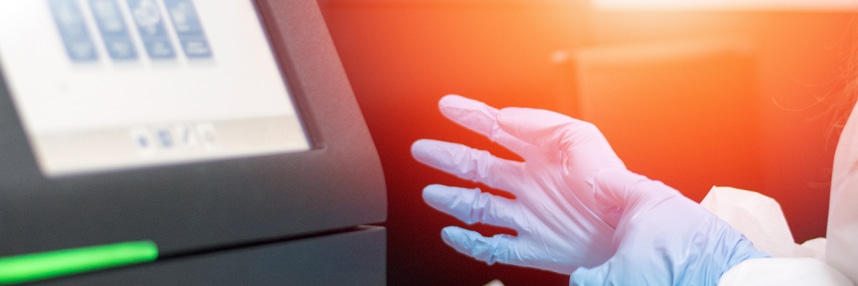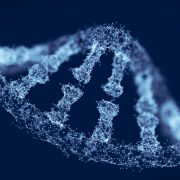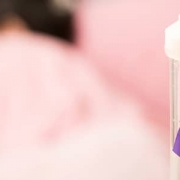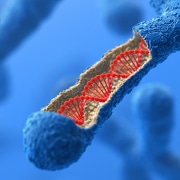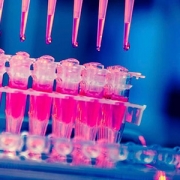Rapid exome sequencing: a look inside the lab
Clinical scientist Dr Julia Baptista explains what – and who – is involved when the NHS sequences the DNA from all an individual’s 20,000 protein-coding genes
Being able to sequence a patient’s genome can be a vital tool in healthcare, helping clinicians to diagnose conditions with accuracy, assess risk, and provide suitable and effective methods of treatment. Sequencing and analysing the whole genome, however, is expensive and time consuming.
Whole exome sequencing, a genomic technique used to gather information on the protein-coding portion of the DNA only, allows tests to be completed and interpreted far more quickly. And, as many disease-causing variants are found within the exome, this approach can provide the information needed for diagnosis. But how does it all work?
Below, we hear from Exeter Clinical Laboratory clinical scientist Dr Julia Baptista, who works within Exeter’s exome sequencing service, to find out why this type of test is so useful, and how her team’s varied skillsets and backgrounds contribute to their successful delivery of results.
Delivering rapid exome sequencing
Exeter’s exome sequencing service uses a commercially available kit to target and enrich the part of our genome that constitutes the exome. Despite making up less than 2% of our DNA, an exome requires a big gene panel analysis to target those roughly 20,000 known protein-coding genes. We then set the target to identify variants in these exomes, which are differences between the DNA samples being tested and a reference human genome.
Typically, we request samples from the affected individual and both parents to complete what we call a ‘trio’. It is sometimes the case that a trio is not available, and we need to make do with a singleton (affected individual only) or a duo (affected individual and one parent).
Preparation and analysis
Once we have received the samples, our team of genetic technologists works through the wet lab preparations, starting with DNA extracted from blood (though saliva, skin and other specimens can also be used) and loading the exome libraries onto one of our sequencers. We have access to various machines and work to a timetable, which ensures maximum use of our sequencing capacity.
Around 26 hours later, it is the turn of the bioinformaticians to work their magic. Our bioinformaticians (or ‘bioinformagicians’, as we like to say) receive alerts that the data is ready for analysis. They then begin to run the sequencing data through one of our designated in-house pipelines: one for trios, and another for singletons and duos.
Our trio pipeline is carefully maintained and continually improved by a large team of NHS bioinformaticians, and forms the process we need to filter data from the 30,000-40,000 variants seen in an exome. It then allows us to create a manageable list of high-quality variants for analysis and interpretation by a scientist, in a time frame that is acceptable to patients.
Adapting to the sample
The analysis of samples from what we call ‘singletons’ and ‘duos’ is very different to the process we have for the trios. Without the power of three related exomes with which to do genetics-based filtering, we must use an alternative pipeline. In these cases, we take a phenotype-driven approach, sequencing the usual 20,000 genes but with analysis restricted to the genes that can cause specific aspects of the phenotype. In other words, we create a virtual gene panel.
Once there is a reduced list of rare variants, it is the clinical scientists’ turn to do our part. Our role can be thought of in the same way as a detective: raising a suspicious eyebrow, asking questions, gathering clues and building a case against a variant. We have a wealth of resources at our disposal, from databases and papers, to in silico tools and access to international experts. It is often the case that we need to reach out and ask for the contributions of researchers in other parts of the world to to find a disease-causing variant in a gene that fits the clinical presentation of that patient, and reach a diagnosis. The referral clinician is also always there: a teammate who helps clinical scientists in delivering those diagnoses.
We provide the most complex genomic testing available in the NHS amid a background of rare disorders, which, in practice, means working to accommodate limited knowledge, anxious families and very tight time frames. Our biggest strength in the exome sequencing service is our multidisciplinary approach; the different skills and backgrounds of those involved are crucial in providing successful outcomes for all those involved.
Dr Julia Baptista is a clinical scientist working in genomic medicine within the exome sequencing service at Exeter Clinical Laboratory, which also includes the rapid exome service for acutely unwell children. She comes from an academic background and was previously a PhD student and postdoctoral researcher.
Find out more about whole exome sequencing and its benefits in our article.
–


